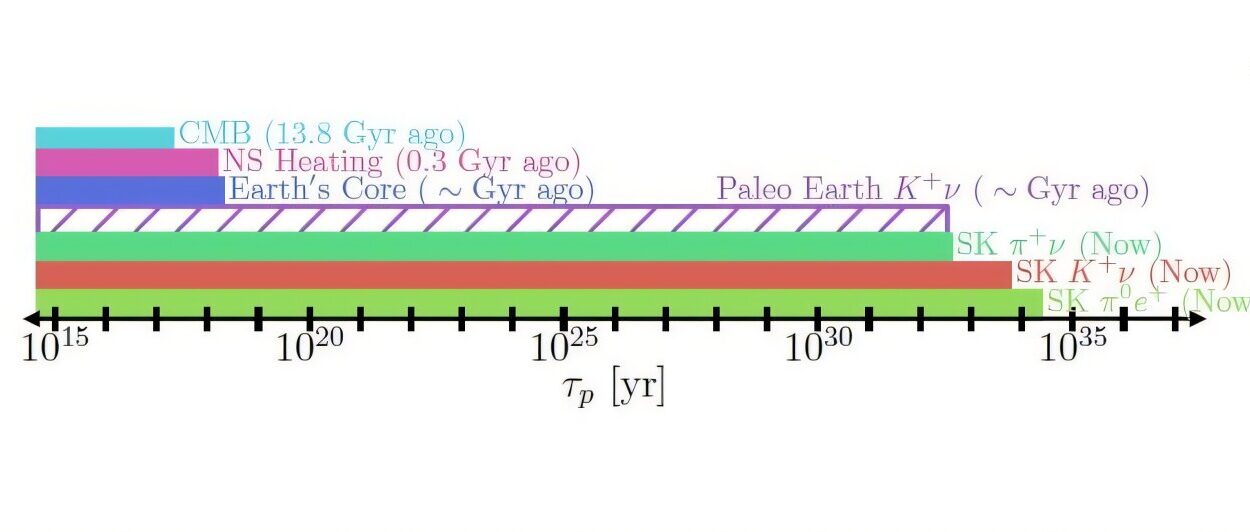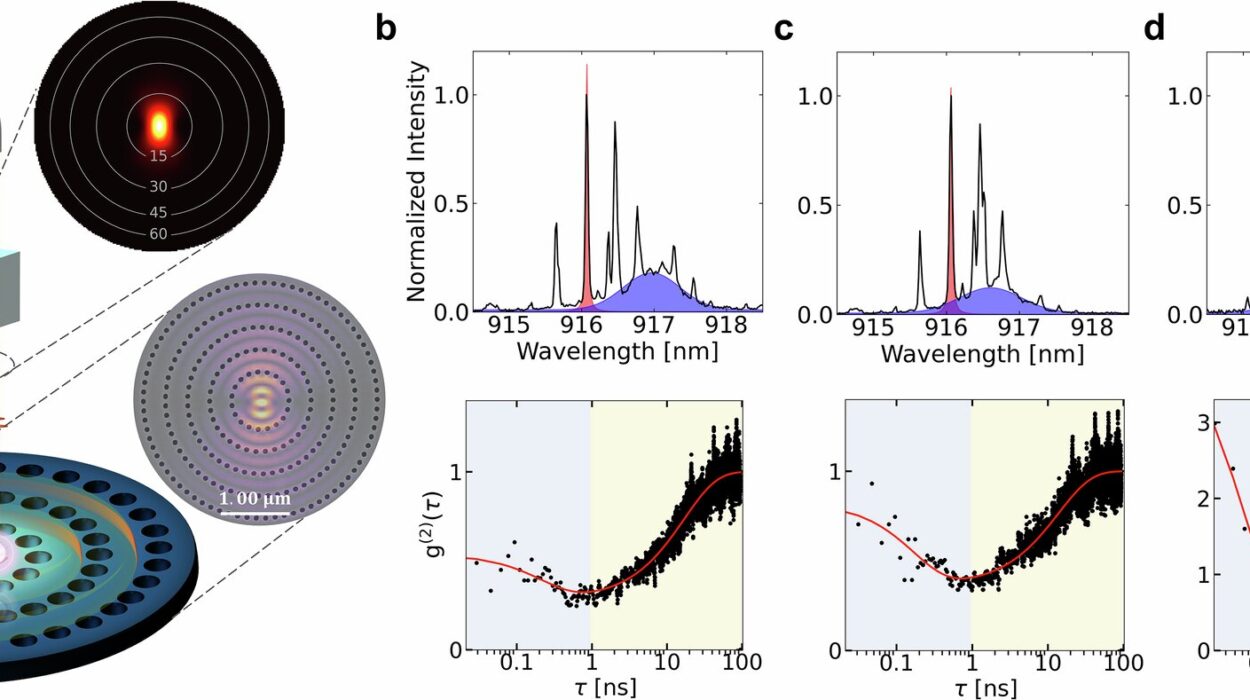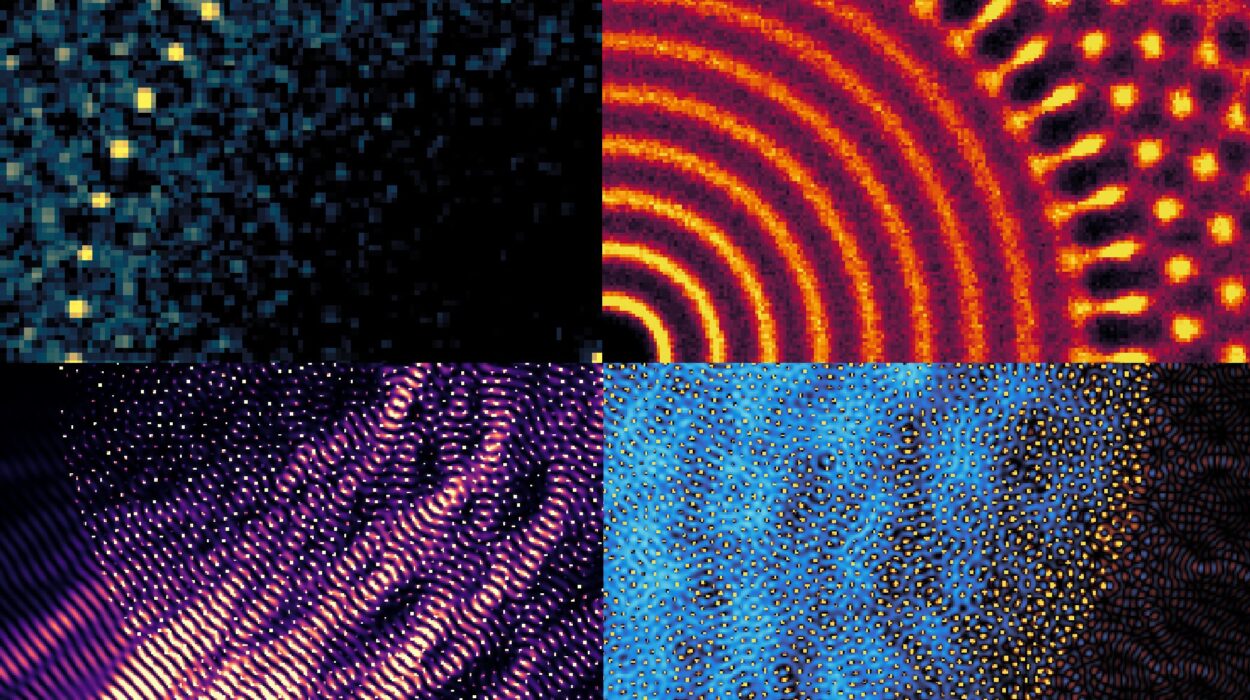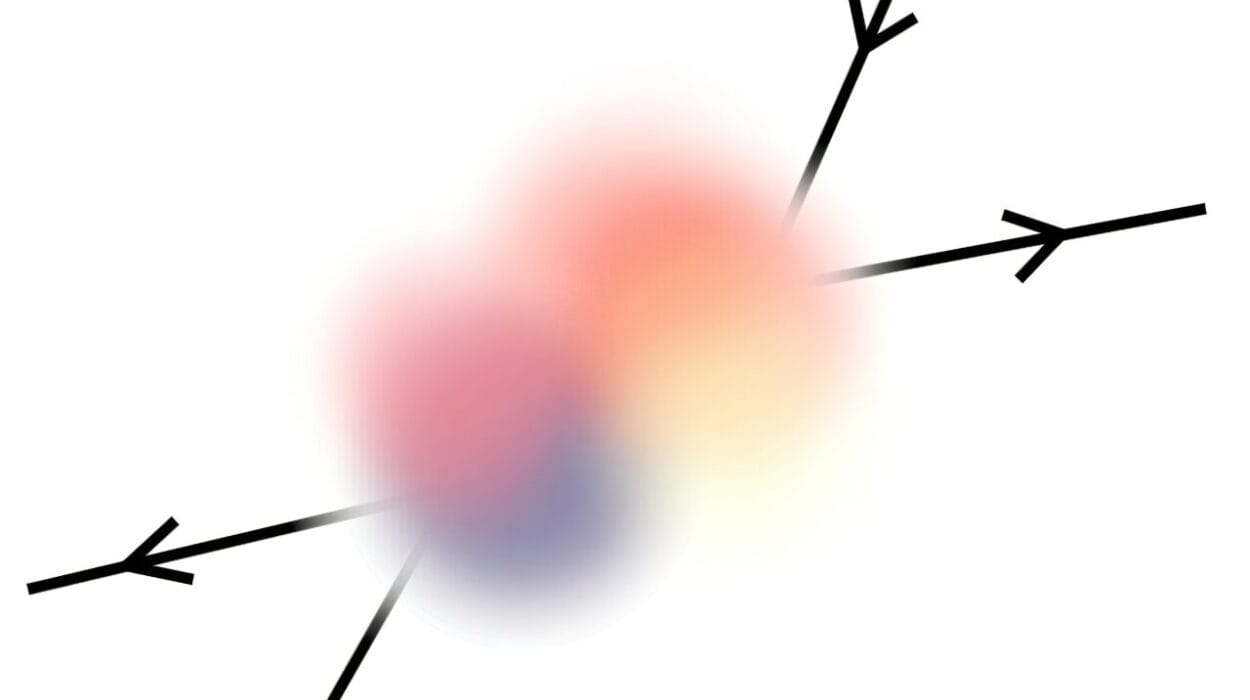In the icy vastness of Alaska, where time seems to move a little differently—slower, quieter, more contemplative—a radical idea has emerged from the University of Alaska Fairbanks that could upend our understanding of the cosmos. Time, says physicist Gunther Kletetschka, isn’t just a one-way street. It isn’t merely the silent current pulling us from past to future. It might be something far more fundamental, far more dimensional. And space? It may just be the artwork resting on time’s deeper, multidimensional canvas.
In a paper published April 21 in Reports in Advances of Physical Science, Kletetschka lays out a striking new framework for how reality itself might be constructed. At its heart is a claim that challenges more than a century of conventional physics: that time—not the fusion of space and time known as spacetime—is the true bedrock of the universe, and that it doesn’t exist in just one dimension, but in three.
That’s right—three dimensions of time.
“This theory doesn’t just suggest time has depth—it proposes that time is the fabric itself,” Kletetschka explained. “Space still exists with its familiar three dimensions, but it’s more like paint on a canvas. Time, with its three dimensions, is the canvas.”
From Einstein to a New Frontier
For more than a hundred years, physicists have worked within the framework of spacetime—a concept first fully realized by Albert Einstein’s theory of general relativity. According to that model, the universe is a four-dimensional continuum where three spatial dimensions and one time dimension are bound together. Gravity, in this picture, is not a force but a warping of spacetime caused by mass.
This model has explained everything from planetary orbits to the bending of starlight around black holes. But despite its elegance, spacetime has always had a critical flaw: it doesn’t play well with quantum mechanics, the theory governing subatomic particles. And so, physicists have searched for decades for a deeper, unified theory—something that explains both the large-scale universe of gravity and the tiny, probabilistic world of particles.
Kletetschka believes his three-dimensional time theory might be a step in that direction.
What Is Three-Dimensional Time?
To understand three-dimensional time, it helps to abandon our usual conception of time as a straight line, always moving forward. In this theory, time is not a single direction—it’s a space of its own, with independent axes. Imagine time not as a road, but as a field you can walk across in multiple directions.
Let’s say you’re walking down a familiar path—that’s our regular forward-moving time. Now imagine that, at any moment, you could take a step to the side, onto a parallel version of the same moment. Maybe in that version, you made a slightly different decision, said something else, turned left instead of right. That “side-step” is one of the additional time dimensions.
Then imagine there’s another direction that lets you transition between these parallel outcomes—a third axis of time, like climbing up or down through layers of possibility.
These extra dimensions are not about traveling into the past or jumping into the future in a science fiction sense. Instead, they describe a deeper, underlying structure of reality—one that might explain why particles have mass, why the universe expands the way it does, and perhaps even why time feels like it flows at all.
Testable and Tangible: A Break from the Abstract
Many previous theories proposing extra dimensions—whether of space or time—have remained abstract mathematical constructs. But Kletetschka’s work takes a bold step forward by linking theory to observation.
His equations reproduce known properties of the universe, such as the masses of elementary particles like electrons, muons, and quarks. These aren’t arbitrary numbers—they’re critical values that determine how matter behaves. By accurately modeling these values, Kletetschka’s theory makes itself scientifically relevant and, potentially, testable.
“Earlier proposals for 3D time were mostly mathematical curiosities,” he said. “What I’ve done is build a framework where those extra time dimensions produce real, observable effects—effects that match what we already know about the physical world.”
If his theory holds, it could even predict as-yet-undiscovered properties of particles, potentially guiding future high-energy physics experiments.
A World Still Obeying Cause and Effect
One of the big problems with imagining multiple time dimensions is the fear of breaking causality. If time has multiple directions, does that mean events could happen before their causes? Could paradoxes arise, like the grandfather paradox of time travel lore?
Not in Kletetschka’s model. His framework maintains the integrity of cause and effect, even within the complexity of three-dimensional time. Events unfold within a higher-order mathematical structure that ensures that causality is preserved—even if the structure of time is more flexible than we imagined.
This is crucial. If a theory doesn’t respect causality, it can’t describe our reality. By preserving this foundational principle, Kletetschka’s work remains grounded even as it reaches for the extraordinary.
Time Unfolding in the Early Universe
Kletetschka isn’t the first to imagine a time beyond our single timeline. Theoretical physicist Itzhak Bars of the University of Southern California has long advocated for the idea of extra time dimensions, arguing they might become “visible” only under extreme conditions—such as those in the early universe, moments after the Big Bang, or during high-energy collisions in particle accelerators.
Kletetschka builds on that work by proposing a theory that not only fits those early, high-energy scenarios but also makes sense in the calm, structured universe we observe today. His model provides a bridge—a way to trace the echo of 3D time into the familiar world of particles and forces.
“We may be seeing the shadow of these extra time dimensions in the structure of matter itself,” he said.
Toward a Theory of Everything?
For decades, physicists have been searching for a “theory of everything”—a single, elegant framework that can explain all of nature’s forces. So far, three of the four known fundamental forces—electromagnetism, the strong nuclear force, and the weak nuclear force—have been united in the Standard Model of particle physics.
But gravity, explained by general relativity, stubbornly refuses to join the party. Quantum gravity remains the holy grail of physics. The mismatch between Einstein’s smooth, geometric picture of spacetime and the jittery, probabilistic nature of quantum mechanics has resisted resolution.
Could 3D time be the key?
Kletetschka believes it might. By fundamentally rethinking the nature of time, his theory provides a new framework in which both quantum mechanics and gravity might emerge as natural consequences of a deeper, unified structure.
“The path to unification might require fundamentally reconsidering the nature of physical reality itself,” he said. “This theory demonstrates how viewing time as three-dimensional can naturally resolve multiple physics puzzles through a single coherent mathematical framework.”
The Big Questions Remain
Of course, the road from theoretical proposal to scientific consensus is long and steep. Kletetschka’s work must undergo peer review, replication, and most importantly, experimental testing. Theories in physics rise and fall not just on mathematical beauty, but on whether they can make predictions that match the universe we observe.
Still, the excitement around ideas like this comes from their potential—not just to solve equations, but to shift the way we see everything.
What if time really is the foundational substance of the cosmos? What if our lives, our memories, and our perceptions are just lines drawn in a much larger, richer field? And what if understanding that field could finally bring together the physics of the very small with the physics of the very large?
We might be far from answering those questions. But one thing is certain: the universe still has surprises in store. And in the cold quiet of Alaska, one physicist has reminded us that sometimes, the biggest breakthroughs come from rethinking what we thought we knew best—time itself.
Reference: Gunther Kletetschka, Three-Dimensional Time: A Mathematical Framework for Fundamental Physics, Reports in Advances of Physical Sciences (2025). DOI: 10.1142/S2424942425500045






